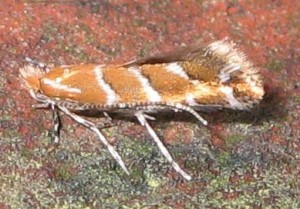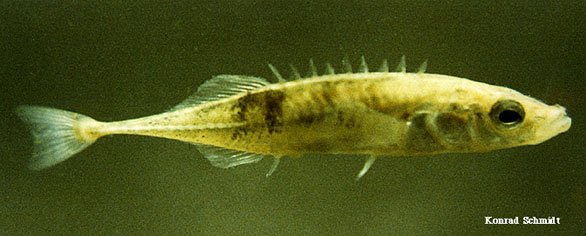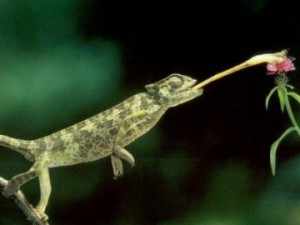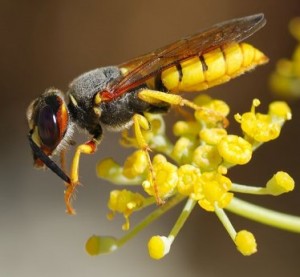
http://en.wikipedia.org/wiki/File:Cameraria_ohridella_8419.jpg
This really intrigued me, so I spent some time looking into leaf-mining insects, and what I found was truly incredible. First, there are a lot of leaf miners. Some are moths, some are flies, some are beetles, and even some are wasps. The adult lays her eggs in within the tissue of a leaf, and when the eggs hatch, the larvae begin eating the insides of the leaf. This, of course, protects the larvae, because they are not exposed to predators. They stay inside the leaf until they are ready to pupate (start metamorphosis into their adult form).
Now, of course, if a larva is “unlucky” enough to hatch shortly before or after the leaf falls from the tree, this could be a problem. After all, the larva is eating the living tissue inside the leaf and therefore needs the leaf to stay alive while it is feeding. What happens if the leaf dies before the larva is ready to pupate? Well, that’s where the “green islands” come in. It seems that the larva can keep the portion of the leaf it is eating alive so that it can continue to eat and develop, and that’s why the area around the larva stays green!




